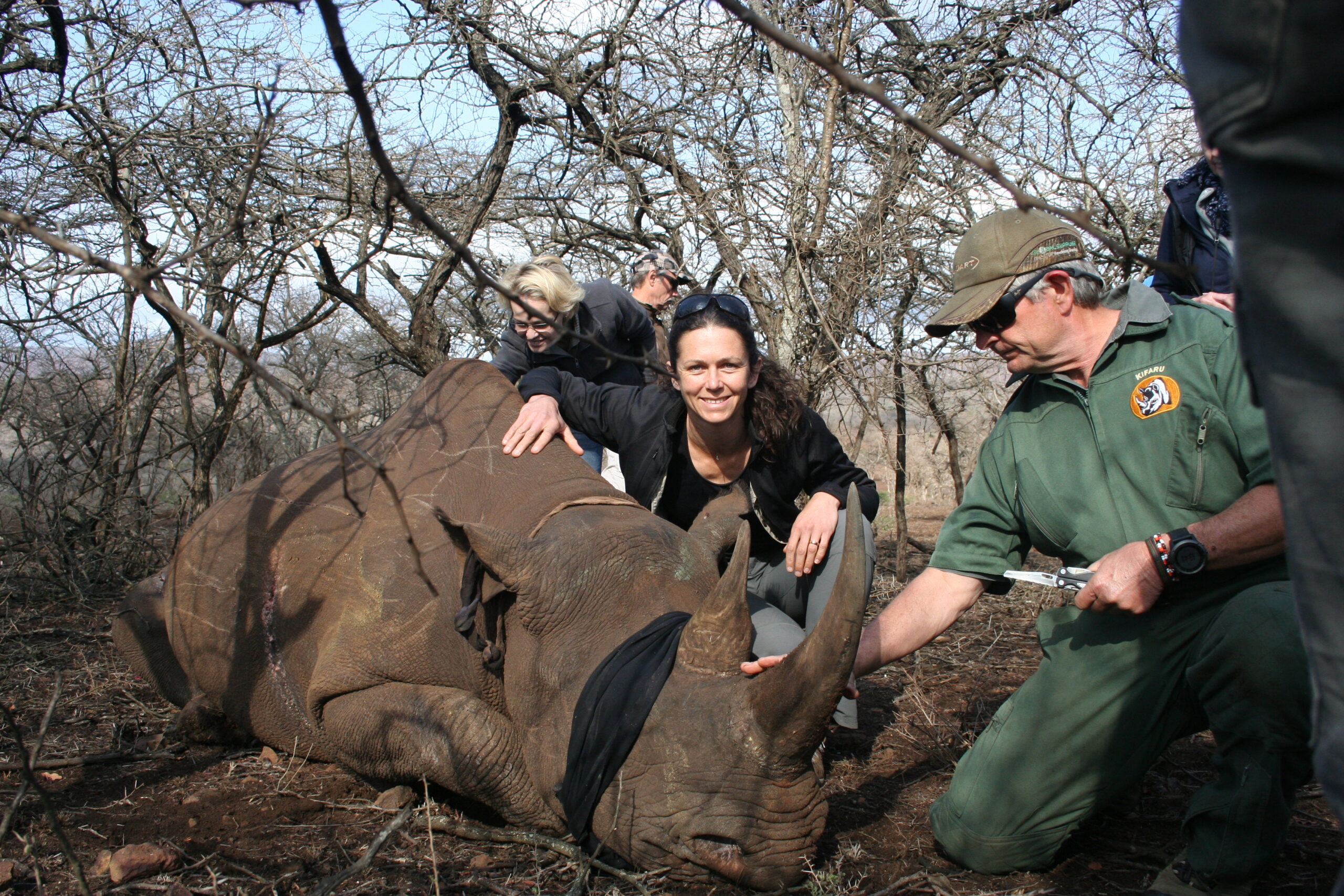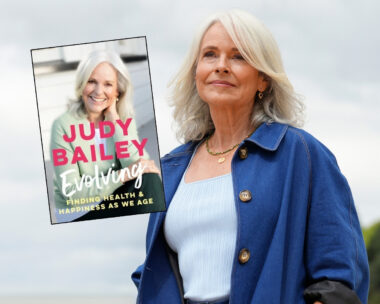Sarah Jones is a 39 year old Kiwi who has devoted her life to animal conservation. Today she works as a large mammal keeper at Hamilton Zoo, is the founder of the Tusk and Horn Wildlife Trust and an eco-trip guide to Nepal. We speak to her about the plight of endangered animals – and how we can help here in New Zealand.
“I’ve been working with animals since my early twenties, starting out as a keeper at Auckland Zoo. Over the years, I’ve evolved into more of a conservationist and wildlife ambassador, and in my day job I work at Hamilton Zoo.
Throughout my career, I’ve been lucky enough to be involved in conservation projects in South East Asia, Indonesia, Nepal, Kenya and most recently South Africa, and have worked with others to encourage conservation of some iconic species.
Two of the most pressing extinction cases right now are that of the rhino and the elephant – two of the earth’s largest land mammals.
Deaths of these significant animals have started to outweigh births, and their survival truly is at tipping point.

In South Africa right now there’s a poaching crisis, and we could see the extinction of the rhino in our lifetime if this carries on.
Private game reserves have had no alternative but to dehorn all their rhino so that poachers don’t kill the animals, and reserve owners have been forced to move them to high security areas, but are continuously losing the fight against poaching.
To give some perspective to how bad the problem is, the world renowned Kruger National Park (at 19,485 km² it’s 7,000km larger than the whole of Fiordland), saw 458 rhino killed between January and August in 2016.
The current Southern White Rhino wild population is classified as Near Threatened with an approximate population of 18,000 – 20,000. The Black Rhino by contrast has an entire wild population size of around 5,055 and is classified as an Critically Endangered species.
Their biggest threats to these creates is the relentless and escalating demand for their horns – that are made up of keratin (the same stuff that makes up human hair and nails).

Sarah with a rhino that’s just been dehorned
Consumers in China use this product for various cures and tonics, while in Vietnam it’s seen as an elite social status symbol. And while there’s no scientific evidence that rhino horn has any medicinal value, the demand for it in these places has decimated the species.
Seeing the victims of poaching first hand is a devastating experience.
From the female rhino who had been disfigured and left bleeding after having her horn removed by poachers, to the bull rhino who had lost his life at their hands, it makes you ashamed to be human.
On one such encounter, the only words I had for the injured rhino were ‘I’m so sorry’.
Then there are the orphans left behind. One such rhino calf, eight week old Impy, stayed by his mother’s dead body for a week hoping she would wake up. He survived by eating mud.
As a wildlife ambassador, part of what I do is to help raise awareness of these issues and highlight the ways people can help.
So many Kiwis often tell me they feel helpless in situations like this. We’re so far away from where the issue is happening, what can we possibly do?
Firstly: Get informed and make conscious, positive consumer choices when you’re travelling.
Second: Research that special wildlife encounter you want to have, and make sure the place you choose is legitimate, and looking after the animals they claim to care for. You can always book a rhino encounter at Hamilton Zoo – where 10% of the proceeds go to protecting rhino in South Africa.
Third: Make positive choices right here at home. Right now there is a campaign for palm oil to be labelled on our consumer products. This stuff is in so many items but producing it is causing widespread deforestation and destroying habitats for creatures like the rhino. You can sign the petition here if you’re interested.
South Africa alone cannot save these creatures. It’s going to take all of us.”
Reported poaching statistics for SA last year were a staggering 1105. This year it already stands at 109.
You can check out Sarah’s page here
For more, visit our Facebook page or follow us on Instagram




